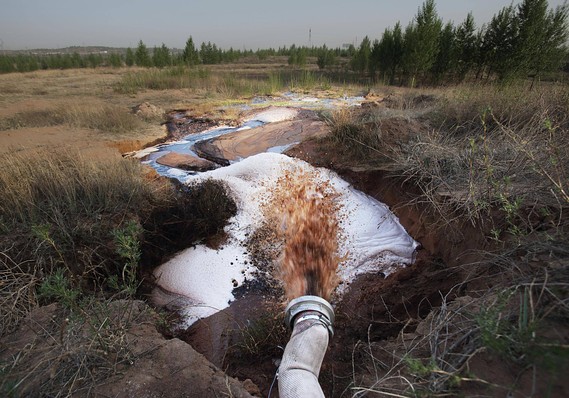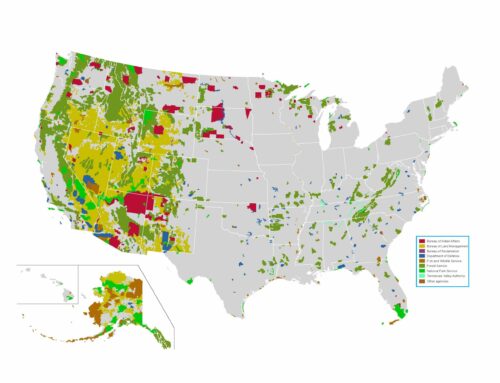by Greg Walcher, E&E Legal Senior Policy Fellow
As appearing in the Daily Sentinel
People concerned about water levels in the West’s reservoirs should be able to cheer up now. The U.S. Drought Monitor system has removed drought status from the entire Western Slope and nearly all of California. Snowpack this winter was well above average for the entire Sierra Nevada Mountain Range, and nearly 50% above average in the Colorado Rockies.
That should prompt a sigh of relief regarding the reservoirs. Colorado’s largest lake, Blue Mesa Reservoir, was unceremoniously drained by the Bureau of Reclamation last year, but its level has risen over 50 feet, now just 30 feet below full capacity. The U.S. Geological Survey says stream flows are at least 90% of average along the entire West Coast, and the Colorado River is overflowing its banks. Federal officials estimate runoff into the Colorado River reservoirs this year will be 149% of average.
Don’t celebrate yet. The bureau has the gates at Blue Mesa wide open and will drain it again as fast as it can fill, in order to move the water to Lake Powell to recover some of its electric generating capacity, and especially so it can be sent downstream to Lake Mead to supply California. The agency has an apparent blind spot for California that colors its judgment about reservoir management, resulting in unfair allocations that violate the spirit of the interstate compact.
Years of sustained drought should remind everyone of the purpose of these reservoirs. Blue Mesa was authorized by the Colorado River Storage Project Act of 1956, shepherded through Congress by Colorado Sens. Gordon Allot and Gene Milliken, and Congressman Wayne Aspinall. The law said that it “shall be constructed to a height which will impound not less than 940,000 acre-feet of water.” Today Blue Mesa is at about 566,000. The law does not say, “unless the Bureau decides to drain the lake to send water to another state.” It defies common sense to think Congress authorized these reservoirs and intended the Bureau to decide whether to fill or drain them. The expectation was that they would be filled to capacity during spring runoffs. As we’ve said before, that cannot happen if the drain is wide open.






